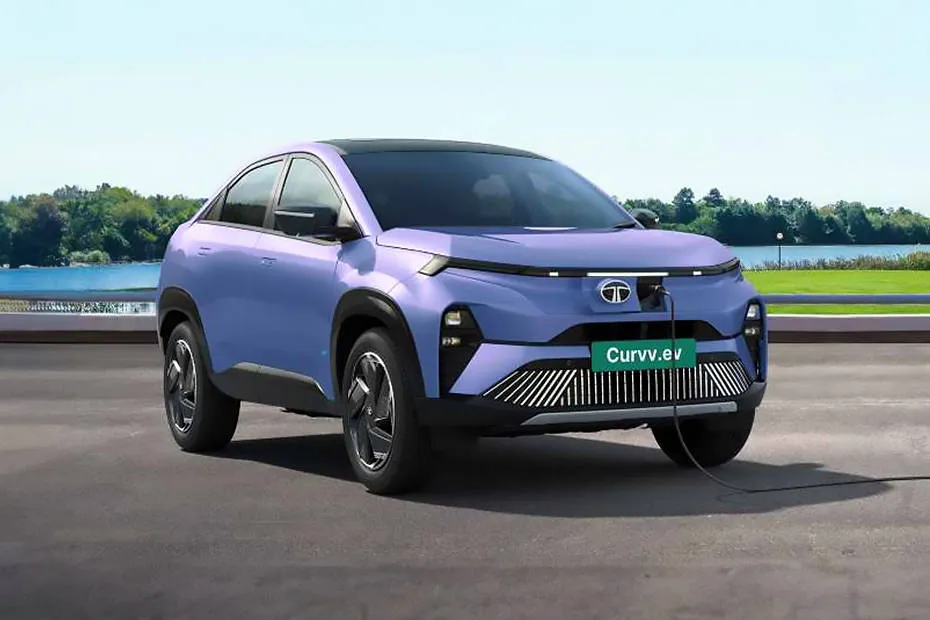
India Energy Storage Alliance (IESA), India’s leading industry alliance on Energy Storage, e-Mobility, and Green Hydrogen released its 3rd annual edition of the “2021 India Electric Vehicle and Component Market Overview Report 2021-2030”.
In terms of revenue (INR Crore) and GWh potential, the research examines the current market trend and prediction for electric vehicles (EV), as well as the need for EV batteries by various EV segments.
The report includes a thorough chapter on the analysis of EV policies at the central and state levels. It also includes a section on the growth of the EV ancillary market in India. This chapter covers important components like battery management systems, motors, controllers, and power electronics, among others, and it provides a competitive analysis of the market’s major players and the supply chain for important components.
According to the survey, the EV industry in India experienced one of the quickest recoveries from the pandemic-induced slowdown in 2020. The e-2Ws (50 percent market share), followed by the low-speed e-3Ws, accounted for most of the 4,67,000+ annual EV sales in India in 2021; however, other segments also showed a notable increase over the year.
The research report routes three different market projection scenarios for the ensuing decade. According to the report’s Business as Usual (BAU) scenario, the Indian EV market would expand at a CAGR of 49% between 2021 and 2030 and is predicted to reach annual sales of 17 million units by that time, with almost 15 million of those projected to be electric two-wheelers.
Between 2021 and 2030, the yearly battery demand is anticipated to increase at a CAGR of 41%, reaching 142 GWh. The market is 6.5 GWh, just like in 2021.
According to the report, the Indian EV market is anticipated to grow quickly after 2024–2025 as the initial costs of EVs are predicted to be comparable to those of ICE vehicles because of falling battery prices, advancements in EV technology, domestic production, and economies of scale. Lead-acid batteries continued to dominate the Indian EV ecosystem in 2021, accounting for 81% of the market; this is due to the high demand for e-rickshaws.
The market share of lithium-ion batteries has been steadily growing, and in 2021, for the first time, the demand for these batteries exceeded the 1 GWh threshold. Additionally, among lithium-ion chemistries, Lithium Iron Phosphate (LFP) is chosen option for e-3Ws and e-4Ws whereas Nickel Manganese Cobalt (NMC) is the preferred option for e 2W and e-buses.
The FAME II program, which has been extended to 2024, was launched by the government to look into ways to make EVs cheaper and attractive to the end-users. By December 2021, the scheme
has benefited more than 1.8 million automobiles. FAME Incentives for e-2Ws have also been raised from INR 10,000/kWh to INR 15,000/kWh in a recent policy revision.
Many states have announced their EV policies that are unique to each state. Additionally, the Central Government issued directives and policies geared toward removing obstacles and promoting progress. Along with securing supply through the introduction of numerous PLI programs for advanced chemistry cell (ACC) battery storage, automobiles and auto components, and semiconductors, the government has also been working to increase demand. Local manufacturers are also being protected through the imposition of basic customs duty on imports by the Phased Manufacturing Programme for EVs.
According to the report, the main factors propelling the EV market’s expansion in the current decade will be
About India Energy Storage Alliance (IESA)
IESA is a leading industry alliance focused on the development of advanced energy storage, green hydrogen, and e-mobility technologies in India. Founded in 2012, by Customized Energy Solutions (CES), IESA’s vision is to make India a global hub for R&D, manufacturing, and adoption of advanced energy storage, e-mobility, and green hydrogen technologies.
The alliance has been at the forefront of efforts seminal in shaping an enabling policy framework for the adoption of energy storage, electric mobility, green hydrogen, and emerging clean technologies in India.
This post was last modified on March 31, 2025 7:47 pm
In a major stride toward sustainable mobility, the Himachal Pradesh Police have incorporated six custom-modified Tata Curvv electric vehicles into…
In India, the automotive and transport industry is undergoing significant changes. This transformation isn't just about improving roads and infrastructure;…
Montra Electric, the clean mobility brand from the prestigious Murugappa Group, has launched the All-New Super Auto, a next-generation electric…
Union Minister Nitin Gadkari (Minister of Road Transport and Highways of India) has once again made a bold statement that’s got…
India’s electric four-wheeler (E4W) market slowed in September 2025, following a record-breaking August, with 15,038 units sold, representing an 18%…
India’s EV market hit 1,04,056 electric two-wheeler sales in September 2025. TVS, Bajaj, and Ather led the chart, while Ola…
This website uses cookies.